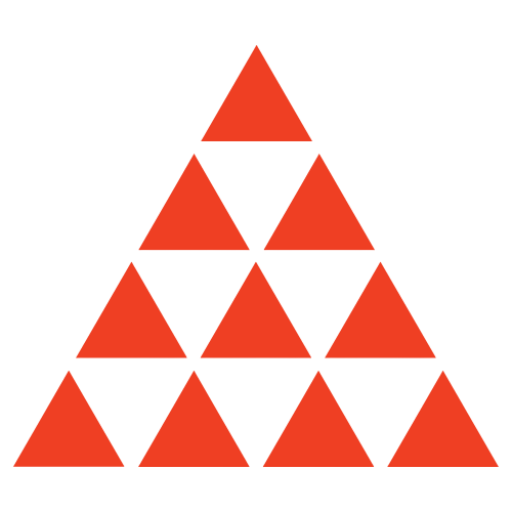Keras is revolutionizing the way developers approach deep learning in Python by offering a high-level interface for creating neural networks. With its user-friendly design and robust functionality, Keras has become an essential tool for machine learning practitioners, enabling rapid prototyping and efficient model development.
What is Keras?
Keras is a high-level API that simplifies the process of building neural networks in Python. Its design focuses on making deep learning more accessible, allowing developers to concentrate on model architecture and training rather than the complexities of coding.
Key features of Keras
Keras encompasses several features that enhance its usability and effectiveness in model development:
- User-friendly design: Its simplicity and easy-to-learn interface reduce the barrier for entry, making it suitable for both beginners and experts.
- Language compatibility: Built primarily for Python, Keras provides an approachable starting point for those new to machine learning.
- Rapid prototyping: Developers can quickly implement ideas, speeding up the model development and deployment process.
- High abstraction and speed: Keras effectively balances high-level abstractions with the efficient performance of TensorFlow.
- Community and support: With a vibrant research community and extensive documentation, users can easily find help and resources.
- Commercial adoption: Major companies like Netflix and Uber utilize Keras, which speaks to its reliability and effectiveness.
Technical capabilities of Keras
Keras is designed to handle a variety of technical requirements while ensuring flexibility and scalability in model design.
Compatibility
Keras works seamlessly on both CPU and GPU, allowing developers to harness the appropriate computational power for their specific tasks. It supports various neural network models, enabling the construction of diverse applications.
Modularity
The modular architecture of Keras allows users to create customizable neural network components. This flexibility facilitates robust research capabilities, empowering developers to experiment with unique model designs.
Deployment options
Keras provides multiple deployment methods, giving practitioners the ability to tailor their models for specific environments and requirements. This adaptability makes transitioning from development to production smoother.
Model development process in Keras
Building a neural network with Keras involves several straightforward steps designed to streamline the model development process.
Create a network
In Keras, the first step is defining the model architecture. Users can choose between two primary types: Sequential and Functional.
Assemble a network
Next, developers use the `model.compile()` method to configure the model’s loss function, optimizer, and metrics. This step sets the groundwork for effective training.
Adapt to the network
Using the `model.fit()` function, practitioners fit the model to their training data, allowing the network to learn from the provided examples.
Evaluate the network
Finally, Keras offers the `model.predict()` method, enabling users to assess model accuracy and generate predictions based on the tested data set.
Use cases of Keras
Keras serves a variety of applications in deep learning, showcasing its versatility and ease of use.
Deep learning models
Developers can leverage Keras to create complex models suitable for smartphones and implement distributed training methods, broadening the range of applications.
Rapid development
Keras is frequently used in competitive machine learning environments, where quick iteration and development cycles are crucial.
Monitoring and testing
The emphasis on testing within the Keras framework helps to identify the fragility of machine learning systems, ensuring models are robust and reliable.
Funding and support for Keras
Keras has received substantial financial support from leading tech companies, which contributes to its ongoing development and credibility in the deep learning space. This backing reinforces its position as a fundamental tool in the machine learning community.




